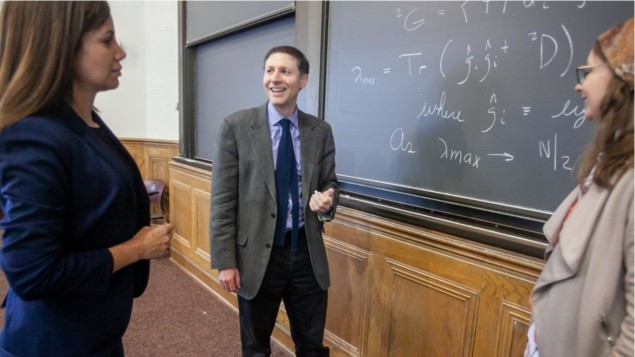
Home »
Condensed matter » Superconductivity » Dual condensate of fermions and excitons should exist, say theoretical chemists
Dual condensate of fermions and excitons should exist, say theoretical chemists
09 Mar 2020
Edwin Cartlidge is a science writer based in Rome



